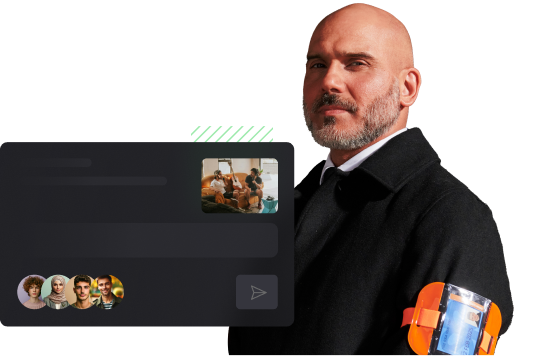The issue of positional asphyxia has been brought to the attention of the public in recent years. A report found that between 1990 and 2016 that inquests have recorded more than 5,600 deaths in Police custody and Prison in the UK and Wales.
This is not just an issue for Police but also Hospital workers and those that work in the security industry.
Breathing and restraint
Restraint can have an adverse effect on the ability of someone to breathe as the lungs play an important function in inhaling. Expanding your chest draws air in to your lungs. When at rest we don’t really need much expansion to fulfil the oxygen we need. Compare this to after exercise and your body needs much more oxygen so your lungs need to expand much more.Issues begin to happen when the body is unable to expand the lungs fully and the oxygen requirement isn’t being met. In an excited situation where restraint may be required this restraint has the capability to deny the body the extra oxygen it requires.
This oxygen deficit can be incredibly hard to notice as an individual can appear normal but have an oxygen deficit building. They can be making noises and engaging and then suddenly fall out of conciousness.
Positional asphyxia risk factors in restraint
Any restraint comes with the risk that breathing could be restricted. As we have seen this is because the mechanical process of breathing has been restricted. There are factors that can heighten an individual’s risk.
- Hightened demand for oxygen
- Obesity
- Mental illness
- Small stature
- Intoxication
- Excited delirium state
- Physical ailments
Prolonged restraint and struggling can result in exhaustion, reduced breathing leading to build up of toxic metabolites. This, with underlying medical conditions such as cardiac conditions, drugs use or use of certain antipsychotics, can result in sudden death with little warning
Excited delerium
Patient restraint time should be kept to an absolute minimum – the degree of restraint used must be justifiable, reasonable, for the minimum time necessary and proportional to the situation.
How to reduce the risk of positional asphyxia
As we have seen the risks of positional asphyxia as high and telling if someone is affected can be difficult. If restraint is necessary there are ways to ensure that you minimise the risk.
- Avoid anything that restricts the chest and abdomen in a prone, kneeling or forward reclining position.
- Don’t restrain someone by bending them forward
- Put weight on someone’e back
- Constantly monitor the individual
- Only restrain the individual for as long as necessary
Periods of prolonged restraint can lead to exhaustion. This can also lead to a build up of metabolites which can be toxic. This can lead to life threatening situations especially if the individual has medical conditions or has been using drugs.This means that just avoiding certain physical restraints can still result in a dangerous situation.

Monitoring a restrained person
If someone is needed to be restrained then with the dangers in mind the person should be monitored to ensure that they are not at risk.
- Having difficultly breathing
- A change in their aggresion levels
- Being sick
- Becoming unresponsive
- Swelling of the face and neck
- Expansion of veins in the neck
Regular checks should also be made on the vital signs, use the A, B, C method to check these.
A – Airways
B – Breathing
C – Circulation
Effective management
With the inherent dangers of restraint the emphasis on a situation should be tactical communication skills to de-escalate the situation. We de-escalation a situation can be resolved and if restraint is necessary it can be kept to a minimum.
How to work in the security sector
If you are interested in working in the security sector, whether it be as a Door Supervisor, Security Guard or CCTV Operative, you will need to obtain a SIA Licence.
To obtain a SIA Licence, you will need to complete a course. Once you have completed the course, will you then be able to apply for an SIA Licence and work in the security sector.



